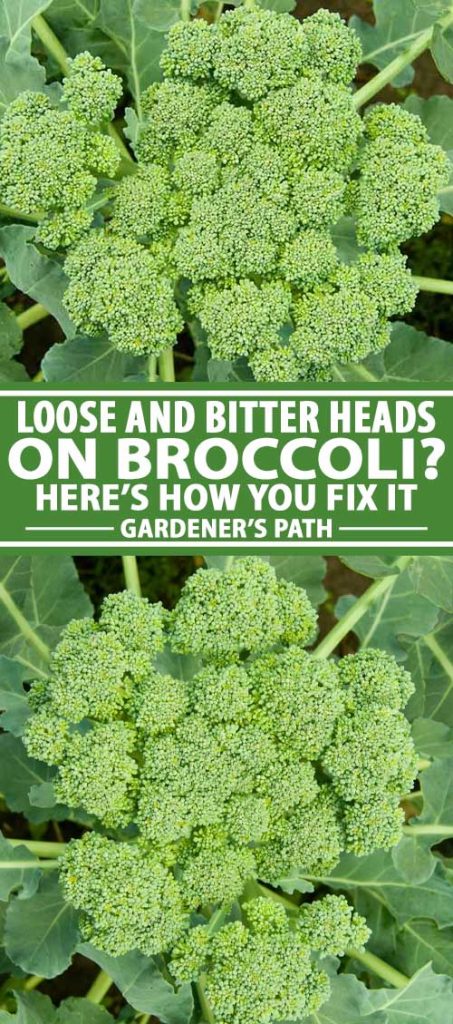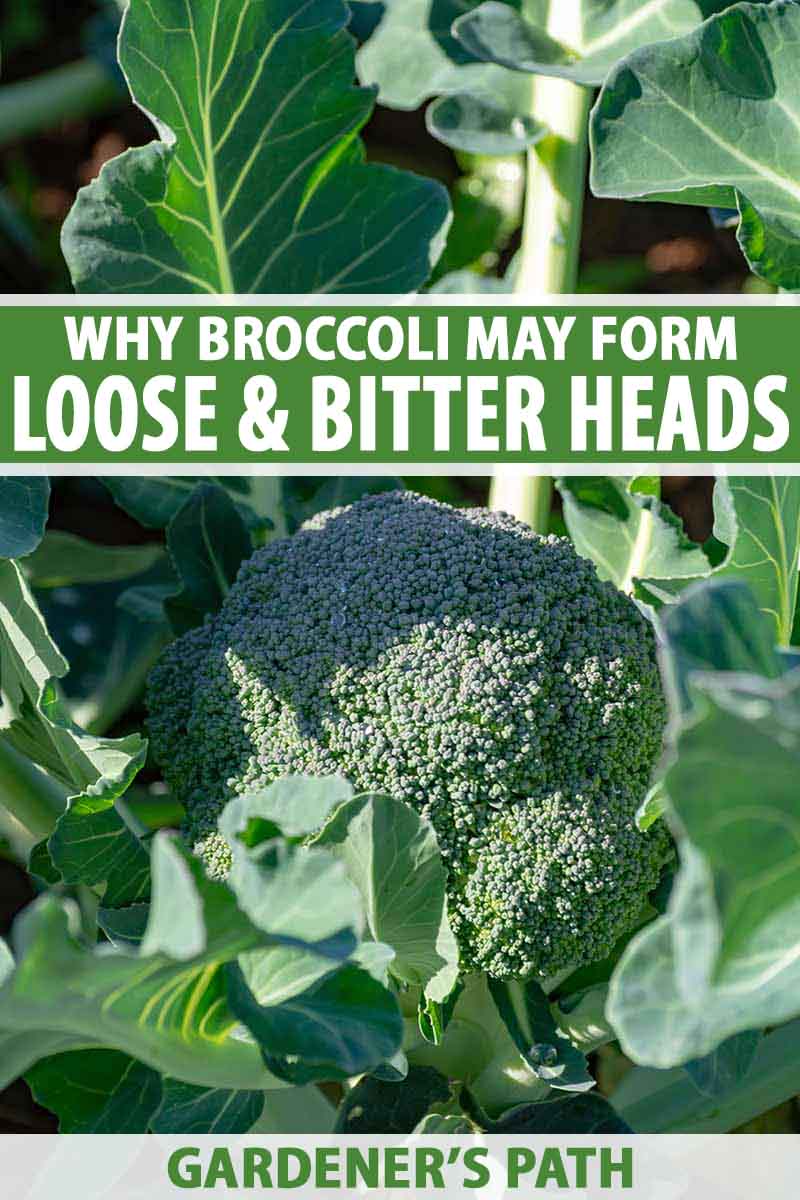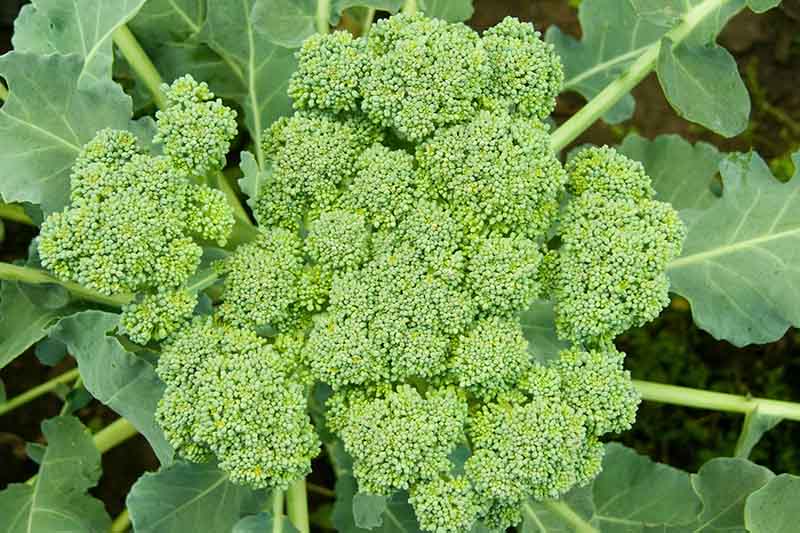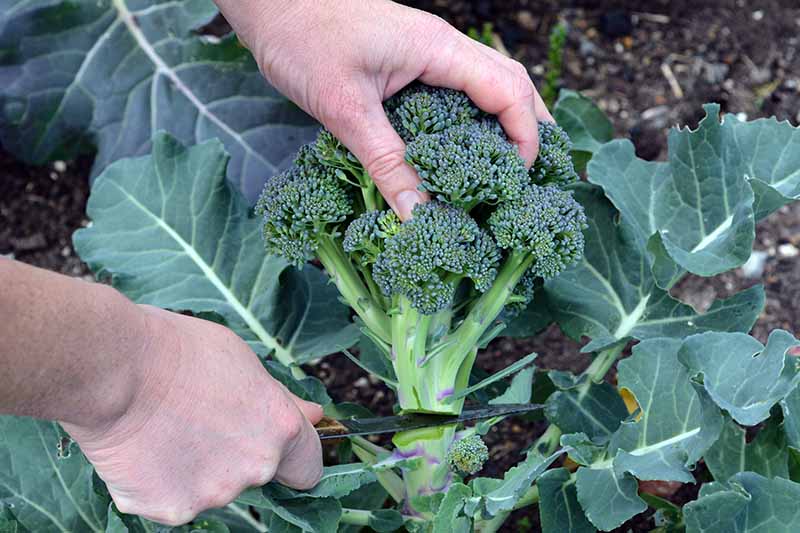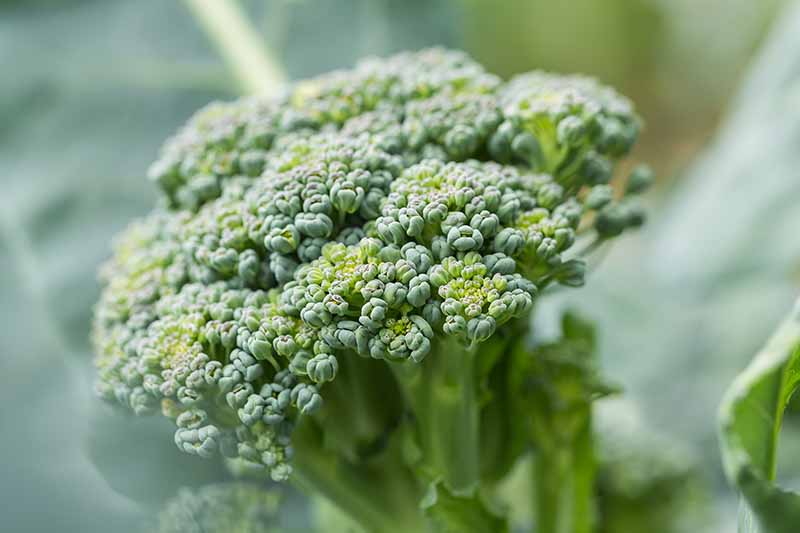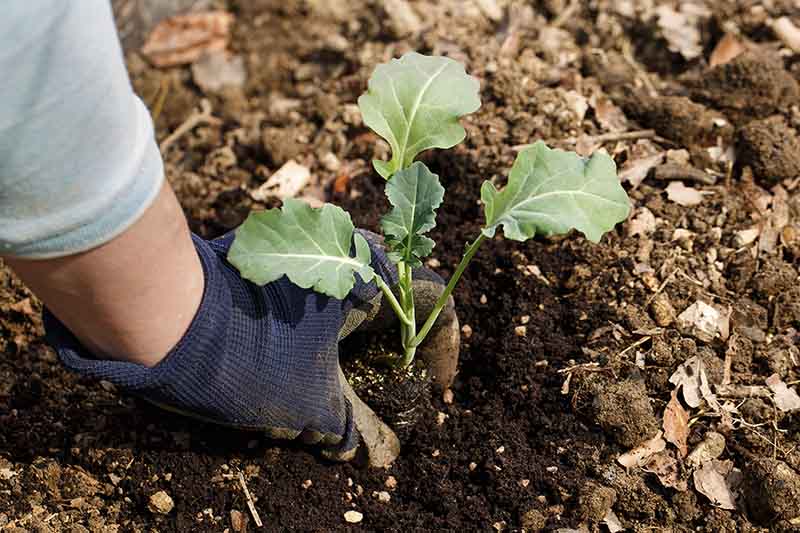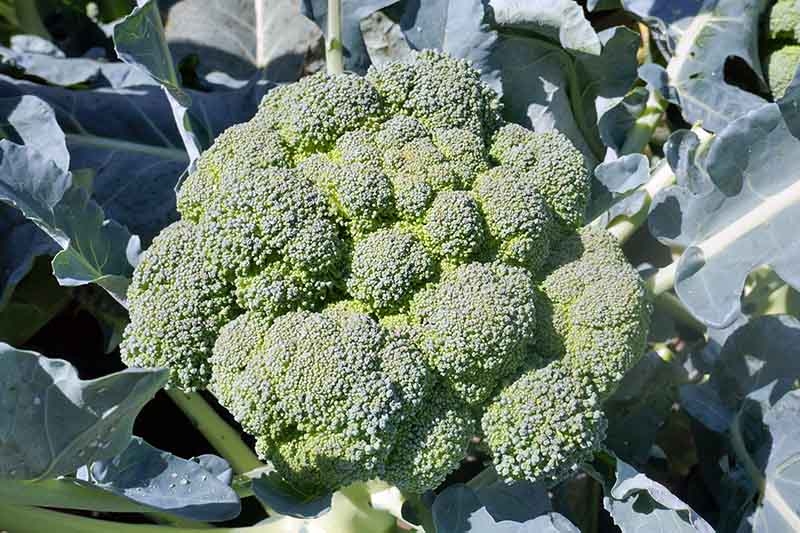If you are new to growing this crop, you’ll need our guide to growing broccoli in your garden. We link to vendors to help you find relevant products. If you buy from one of our links, we may earn a commission. Let’s start with a brief overview of the conditions necessary for successful cultivation.
Optimal Growing Conditions
This cruciferous veggie, that I often call a prima donna, needs the following conditions to thrive:
A full-sun location Organically-rich soil, with a neutral pH Spacing as per seed packet instructions Even moisture and excellent drainage Cool, even temperatures Time to fully mature in cool weather Adequate pest and disease control
These conditions are crucial. You can review the full details of each in our article about the essentials of broccoli head formation. Let’s find out why heads are sometimes not as tight and sweet as we would like.
The Triggers of Trouble
When broccoli forms loose, separate florets, rather than a solid head, look to the essential growing conditions for answers. Problems in four main areas are most likely to cause this type of head malformation. They are: nutrient imbalances, warm or fluctuating temperatures, uneven moisture, and poorly timed planting. Each one by itself may have an adverse effect, and when all four occur, chances of a disappointing result are even greater. Plants already stressed by deficiencies in one or other area may be even more susceptible to not forming a proper head, and having a bitter taste. Let’s talk about each cause.
Nutrient Imbalance
Broccoli is a heavy feeder, so nutrient-rich soil is a necessity.
The lack of key macro- and micro-nutrients can have an adverse effect on head formation. In addition, over-fertilization with products that are not well balanced, and contain an excess of nitrogen, may result in excess foliage production, no heads, or heads that are loose.
Warm or Fluctuating Temperatures
Weather greatly affects broccoli performance. Ideally, crops are harvested before temperatures heat up in summertime, or just before the first hard frost. If the temperature suddenly spikes, or yo-yos up and down, head formation may be compromised. As well as forming loosely, heads may button, forming small, individual florets, or bolt and go to seed.
Hot weather also causes brassicas to develop a bitter taste, particularly in conjunction with a lack of adequate moisture.
Drought or Fluctuating Moisture Levels
Fussy broccoli enjoys even moisture – it doesn’t like to dry out, but also won’t put up with wet feet. Either of these conditions can stress the plant and cause it to prepare for flowering – which will result in the florets starting to elongate, giving the head a loose appearance.
Poorly Timed Planting
Finally, a crop may be doomed from the start if its days to maturity are not matched to the growing season of the region in which it is cultivated. Granted, there may be unexpected temperature spikes or fluctuations as mentioned, but broccoli needs cool weather for proper head formation. You need to time your planting appropriately, so that it is not maturing during the heat of summer. This may entail starting seeds indoors to get a jump on the growing season, or sowing early-maturing varieties directly outdoors in spring, after the last frost date; or by late summer, to harvest before the first hard frost.
Avoidance Measures
Once you know the possible culprits, the next step is to minimize the likelihood that any one of them will ruin your crop.
Here are actions to take: Test your soil to determine its nutrient content. Add amendments like compost as needed. Fertilize with a well-balanced, slow-acting product that does not contain an excess of nitrogen. Manage temperature spikes and fluctuations by watering well the day before an uptick in the heat, to keep the soil cool. Use shade cloth to shelter plants from unseasonably warm sun. If fluctuations are expected, install floating row covers to maintain more even air and ground temperatures around your crops. Temperatures that exceed 80°F, dip below 40°F, or bounce back and forth can spell trouble. And perhaps most important of all, choose varieties that are suited to your USDA Hardiness Zone. Sow seeds and seedlings in a timely manner, so that head formation is not taking place during summer heat or the hard freezes of fall or winter.
Firm and Flavorful
We have discussed the role that nutrients, temperature, and timing play in proper head formation. We have also suggested proactive measures to support the functions of each.
In addition, you need to understand the type of crop you’re growing. Sprouting varieties form individual florets, so make sure you actually have a heading type before becoming concerned. See our guide to the best broccoli varieties to learn more. You’re now ready to grow a firm and flavorful crop. To learn more about growing cruciferous vegetables in your garden, you’ll need the following guides next:
How to Grow Cauliflower, a Challenging Cool-Weather Crop What Is the Difference Between Broccoli Rabe and Broccolini How to Grow Broccolini 9 of the Best Companion Plants to Grow with Broccoli
© Ask the Experts, LLC. ALL RIGHTS RESERVED. See our TOS for more details. Originally published on March 2, 2020. [lastupdated]. Uncredited photos: Shutterstock.
